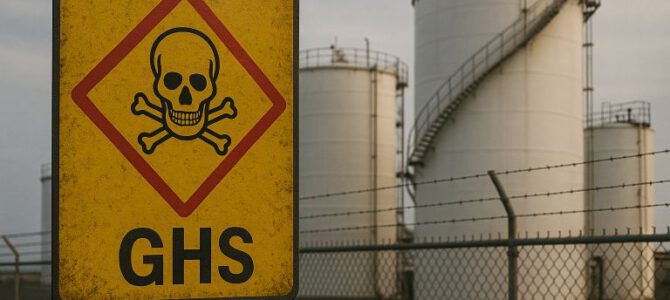#GHS, #CLP, #SDS
A new GHS system has been in force since September 2025, which contains harmonized criteria for the classification of chemical substances and mixtures.
The GHS (Globally Harmonized System of Classification and Labelling of Chemicals) is a standard developed by the United Nations to harmonize the classification and labeling of chemical substances. This system provides harmonised criteria for the classification of substances and mixtures according to health, environmental and physical hazards, as well as harmonised hazard communication elements, including labelling requirements.
The global GHS is used as a basis for the development of international and national regulations for the transport of hazardous materials, and is also the starting point for Regulation (EC) No 1272/2008 on Classification, Labelling and Packaging (CLP).
In December 2024, the United Nations adopted the 11th revision of the Globally Harmonized System of Classification and Labelling of Chemicals (GHS), which has been in force worldwide since September 2025.
Version 11 of the GHS introduces:
- provisions further clarifying the criteria for the classification of aerosols and pressurised chemicals (Chapter 2.3);
- new guidelines for the classification of skin sensitisation using non-animal methods (Chapter 3.4);
- the classification of hazardous substances and mixtures that contribute to global warming (Chapter 4.2);
- a new section in Annex 11 providing guidance on the identification of simple asphyxiants.
What does that mean?
When working with non-EU or GHS operators, the update of the classification and labelling of chemicals should be taken into account.
Source: https://unece.org/transport/dangerous-goods/ghs-rev11-2025
Ekotox website: https://ekotox.eu/safety-data-sheet-sds/
